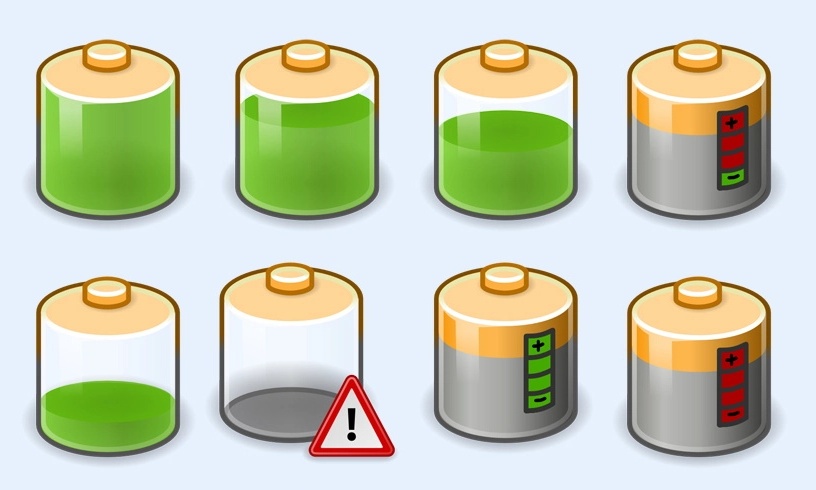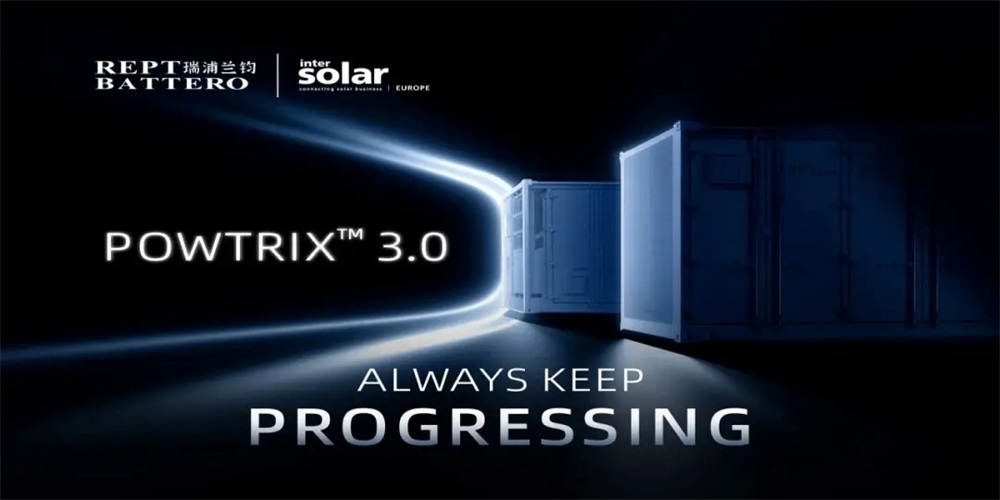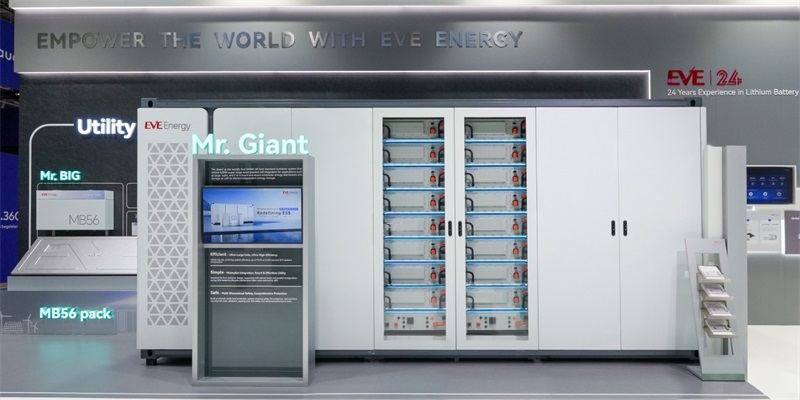EnergyX- Clearing Up Doubts:What Does Ah Mean On A Battery?

What is the ampere-hour of a battery?
The ampere-hour (Ah) of a battery refers to its capacity to supply a certain amount of current over a period of time. It's a unit that measures the charge stored in the battery, but it's distinct from amperes (A), which measure the flow of current.
For example, a 12v lithium battery rated at 80Ah means it can supply 20 amps of current for 4 hours before being depleted. If the current draw increases to 40 amps, the battery will only last 2 hours.
These calculations are based on ideal conditions, such as stable power, no vibrations, and a perfect temperature. In reality, factors like internal resistance and energy loss can affect battery life. If the load exceeds the battery’s capabilities (like a 90-amp draw), the battery would last much less than expected, and it could overheat or fail entirely.
In simpler terms, ampere-hours help you understand the total charge a battery can store, letting you estimate how long it can power devices before it runs out of charge.
How to calculate the Ah of a lithium battery?
An ampere-hour (Ah) is a unit that combines the current flow and the time it takes for a battery to fully discharge. It can be thought of as the flow of 1 ampere of current for one hour. During that time, the total amount of charge transferred is 3,600 coulombs (which is the same as 1 ampere-second).
In other words, an ampere-hour measures how much electric charge a battery can deliver over a certain period of time. The larger the ampere-hour rating, the more charge the battery can store and deliver before being drained.
Mathematically, Ah is represent as the following:
Amp hour (Ah) = Current (I) x Discharge time (T)
The calculation involved in determining the ampere hour rating can be understood with the following example — consider a battery that pulls 60 amps (A), which is discharged in 30 minutes:
Current = 60 A
Discharge time = 30 mins (0.5 hours)
Ampere hour = 60 x 0.5 or 30 Ah for 1 hour
The following is another example:
Current = 10 A
Discharge time = 5 hours
Ampere hour = 10 x 5 or 50 Ah for 5 hours
The ampere hour rating are display on the battery. If the rating is not specified, it usually means that the battery is a starting battery that’s not designed to provide continuous power in ampere hours.
What is Watt hours on a battery?
(Wh) stands for Watt-hour, a unit used to measure a battery's capacity in electrical applications. Simply put, it represents the battery's stored energy.

